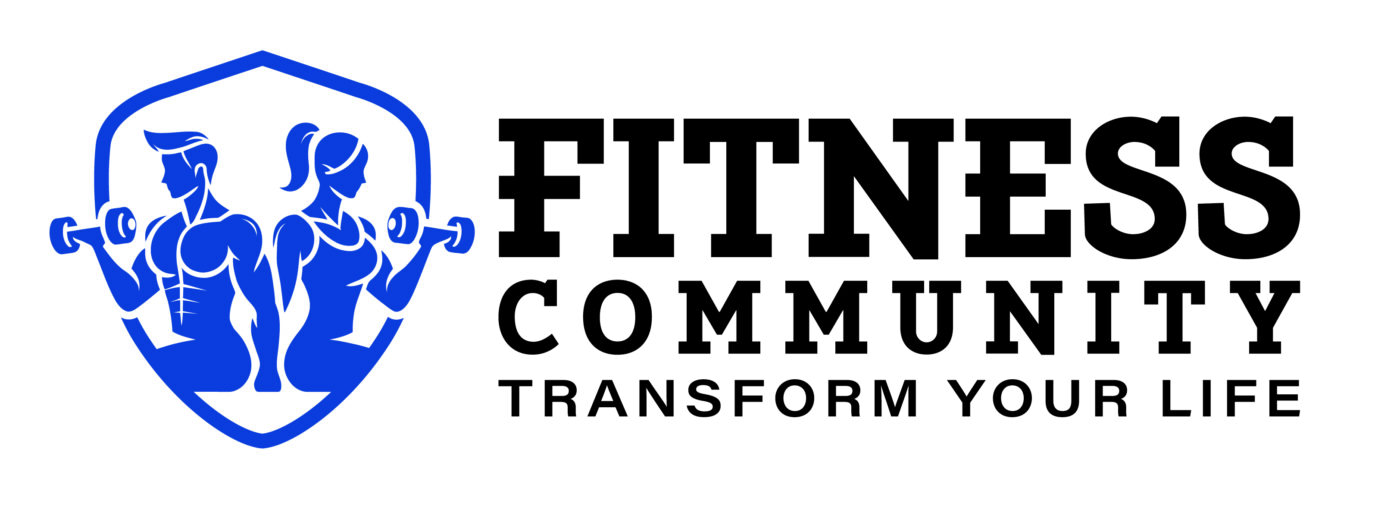HIGH-INTENSITY INTERVAL TRAINING
Rethinking Intensity: The Equally Vital Role of Lower-Intensity Exercise
You May Be Exercising Harder Than Necessary, Experts Say Lower-intensity exercise is just as essential as high-intensity workouts, despite common misconceptions.
The pressure to achieve an intense workout is often fueled by fitness trackers and social media influencers. Many people associate a “good workout” with excessive sweating and a skyrocketing heart rate, overlooking the benefits of moderate fitness routines like walking or yoga. However, this perspective is misguided.
Studies have demonstrated that just 21 minutes of daily walking can reduce the risk of heart disease by 30%, while exercises like yoga can alleviate chronic back pain and provide significant mental health benefits.
In other words, that intense HIIT workout or mildly painful run might not be necessary or suitable for everyone in every workout session. Experts share insights on low-intensity exercise and why it is equally effective as high-intensity activities.
Reaching your maximum heart rate in every workout is unnecessary. According to Andrew Jagim, the director of sports medicine research at Mayo Clinic Health System in Onalaska, Wisconsin, there is no need to reach your maximum heart rate during workouts, as measured by most fitness trackers. To calculate your maximum healthy heart rate, subtract your age from 220. For instance, if you’re 45 years old, your maximum heart rate would be 175 beats per minute.
For most individuals, including athletes, their heart rates during cardio exercise typically range between 60% and 80% of their maximum heart rate. Jagim assures that this range is perfectly acceptable. Those who exercise at or just below their maximum heart rate (between 80% and 100%) should not subject themselves to long and strenuous workouts. Instead, training at this intensity should last for 15 to 20 minutes and involve interval training.
To elaborate, this can involve 30 seconds of maximum effort followed by one to two minutes of light recovery, with the heart rate at 50% to 60% of the maximum for 15 to 20 minutes afterward.
In such cases, an hour-long super-intense workout is not necessary. A shorter duration of focused exercise is recommended.
The advantages of slower-paced workouts are significant. Unlike high-intensity workouts that often rely on timed interval training, slower-paced exercises offer more flexibility. RaGina McKissick, a certified personal trainer and group fitness instructor at Lumos Yoga & Barre in Philadelphia, explains that lower-intensity workouts, such as walking, barre, pilates, and certain dance classes, can be performed at your own pace, allowing you to fully benefit from the exercise.
These workouts provide opportunities to focus on crucial aspects like maximizing movement, achieving full range of motion, enhancing mobility, flexibility, depth, and strength. Additionally, low-intensity workouts enable better control and attention to breathing, which is often neglected in high-intensity routines. Correct breathing techniques can be honed during slower-paced exercises, aiding in movements and enhancing the overall experience.
Incorporating various types of exercise promotes cross-training. Integrating low-intensity exercise into your fitness regimen allows for cross-training, a common practice among professional and collegiate athletes. This approach challenges you in different ways and prevents plateauing.
McKissick mentions that individuals who solely engage in high-intensity cardio workouts may wonder why they aren’t achieving their desired results. The reason behind this is that by constantly striving for speed and focusing only on cardio, they fail to allow their muscles to fully benefit from the exercises.
Prioritizing sustainable and enjoyable workouts is crucial. While fitness trackers may display heart rate numbers prominently, it is important to note that unless you are pursuing specific training objectives, reaching your maximum heart rate is unnecessary.
According to the American College of Sports Medicine, hitting your maximum heart rate is primarily important for those aiming to improve their maximum performance. For aerobic fitness, basic endurance, and fat burn, staying within the 60% to 80% heart rate window is sufficient.
Andrew Jagim advises against feeling pressured to exercise at a high intensity that causes pain or discomfort, as that will not predict long-term success. Listening to your body and engaging in workouts that you enjoy, incorporating various types of fitness such as strength training, cardio, and low-intensity training, is essential. If a trending workout doesn’t work for you, it’s perfectly okay to explore other regimens that suit your preferences and stick with them.

